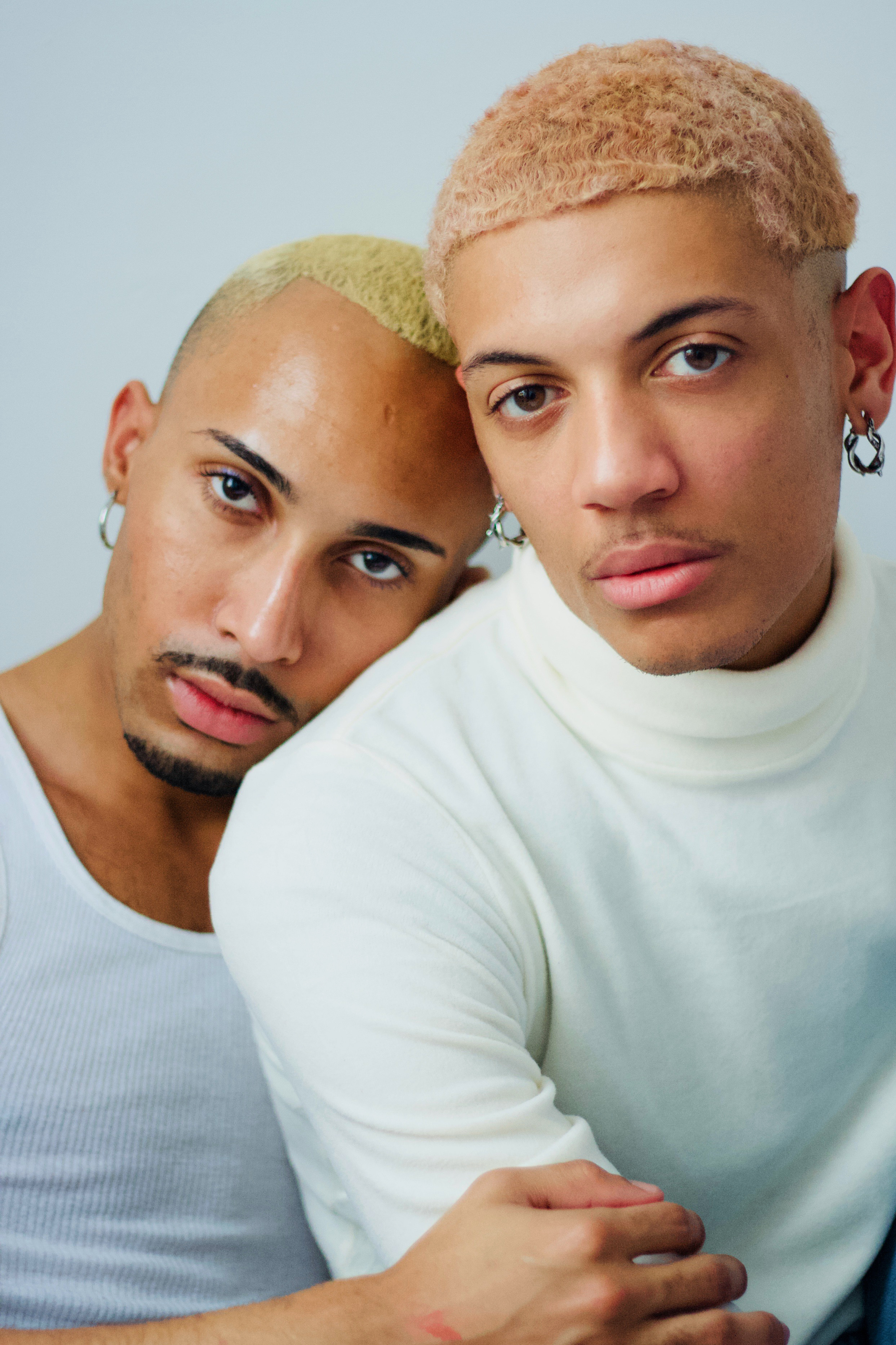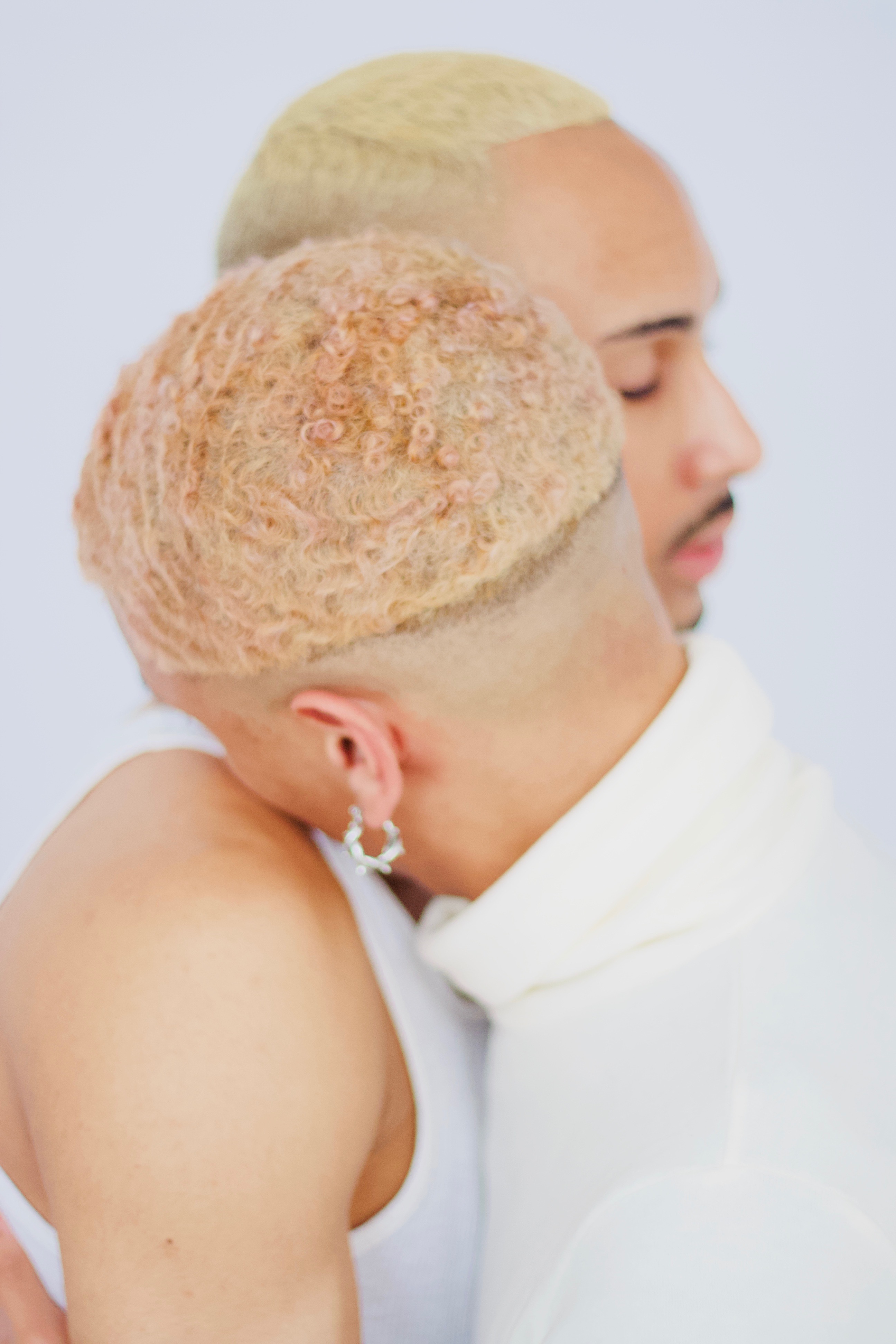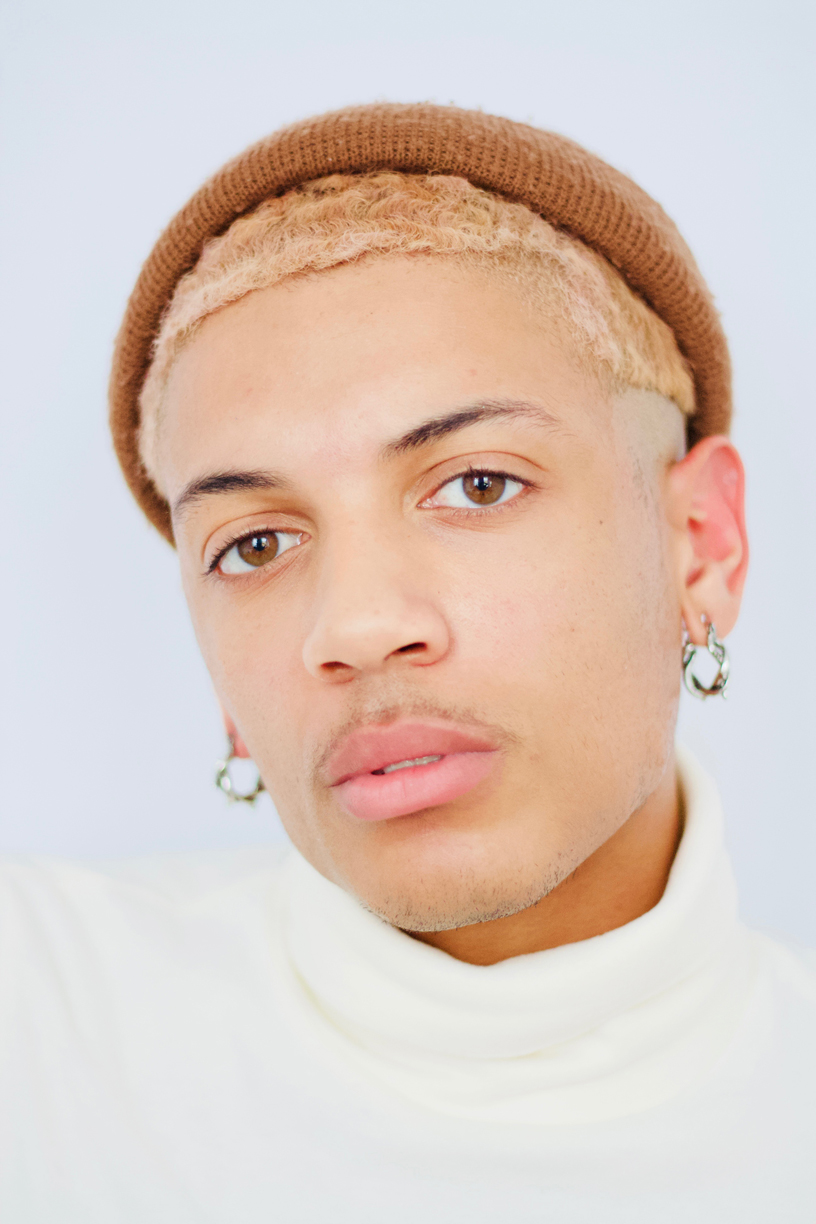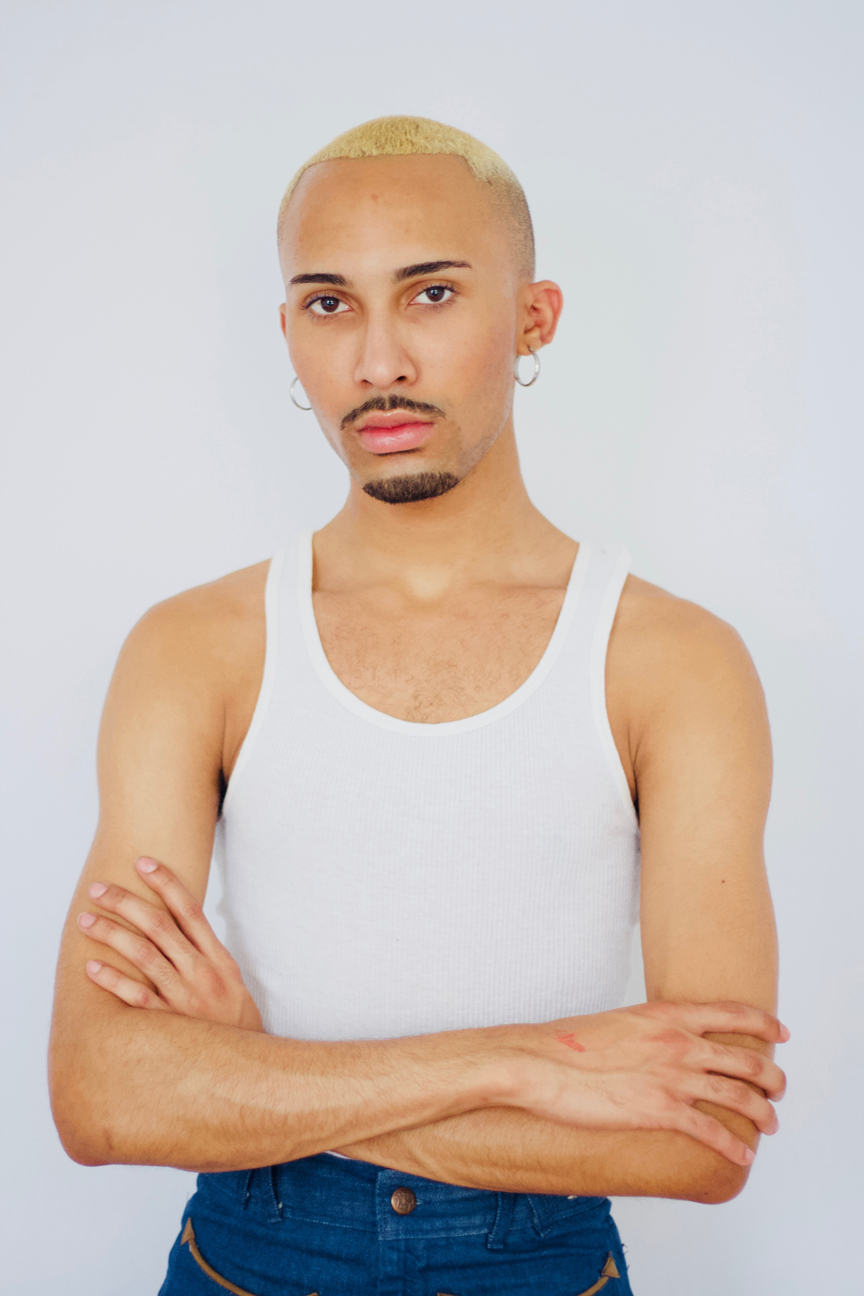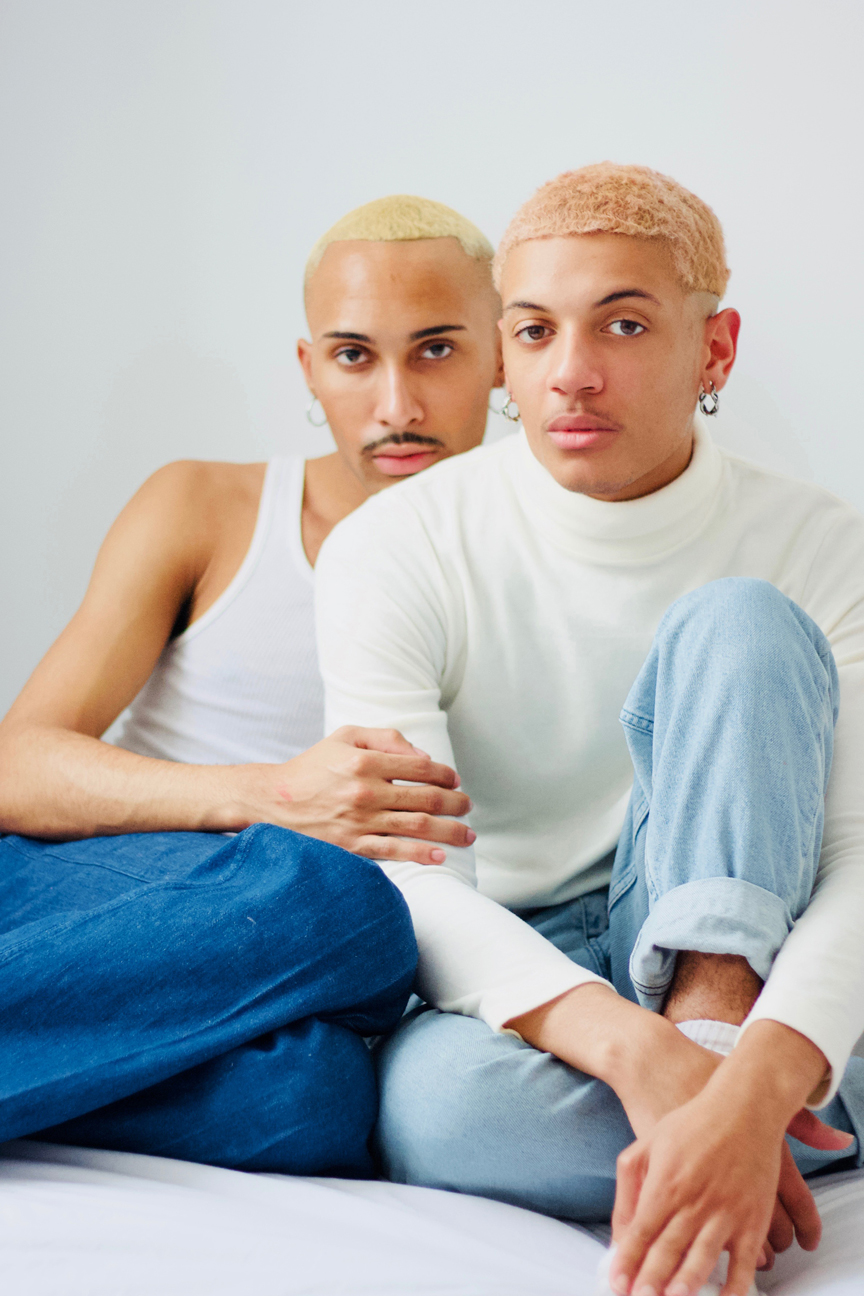
PHOTOGRAPHY BY GIANCARLOS MONTES
QUEER P.O.C. EFFORTS WITH HORNET
A new initiative from the gay app seeks a more diverse image representation
In attempts to create a more realistic representation of the many faces that structure the L.G.B.T.Q., we teamed up with Hornet in their Queer P.O.C. efforts — an initiative focused on creating a more accurate depiction of the varied L.G.B.T.Q. community.
Over the winter we reached out to a few young photographers and asked them how we could collaborate to capture a more realistic looking intimacy within the community. We casted some boys, the photographers grabbed a few of their friends, and together we created a new set of stock imagery. As Hornet strives to redefine the gay app, we’re happy to help begin showcasing more of the burgeoning LGBTQ+ community. The initiative has only just begun — there’s much more to see!
Giancarlos Montes, a recent graduate of Purchase college said his practice describes a type of world making, which interrogates the possibility to see beyond reality into the world of a new fantastic. “Queerness,” he says, “produces an interrogation of the heteronormative matrix and suggests a movement towards a new knowing that pushes between a humanist logic and a structuralist one. The humanist assumes that the self is a discrete, knowable, and controllable thing. The structuralist suggests that the self is incoherent and dependent on a series of symbolic coordinates that are structurally unstable. Improvisational sight lines, that are attuned to self shattering, illegible subjectivity and possibility, have become the foundational qualities of my own queerness.”

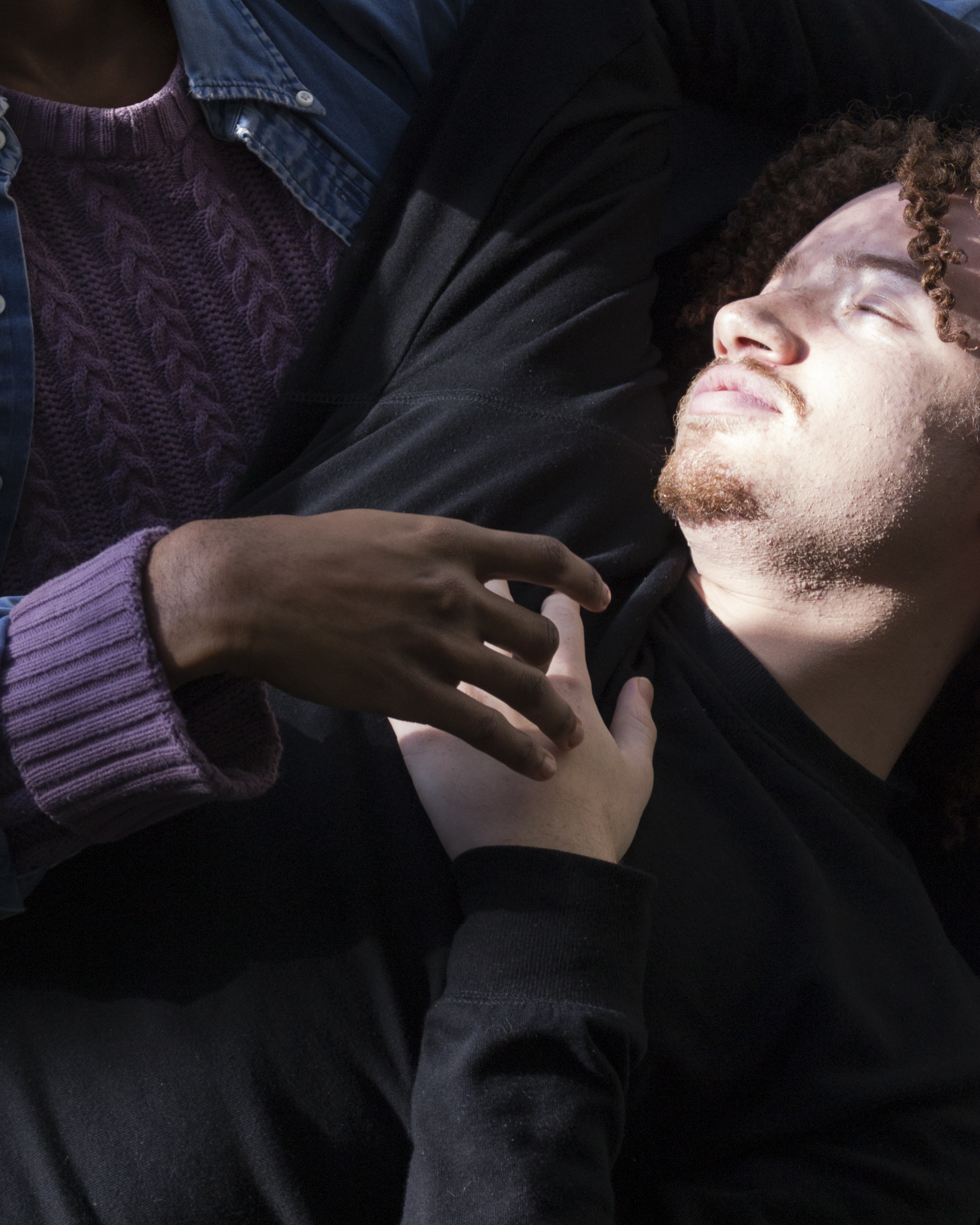
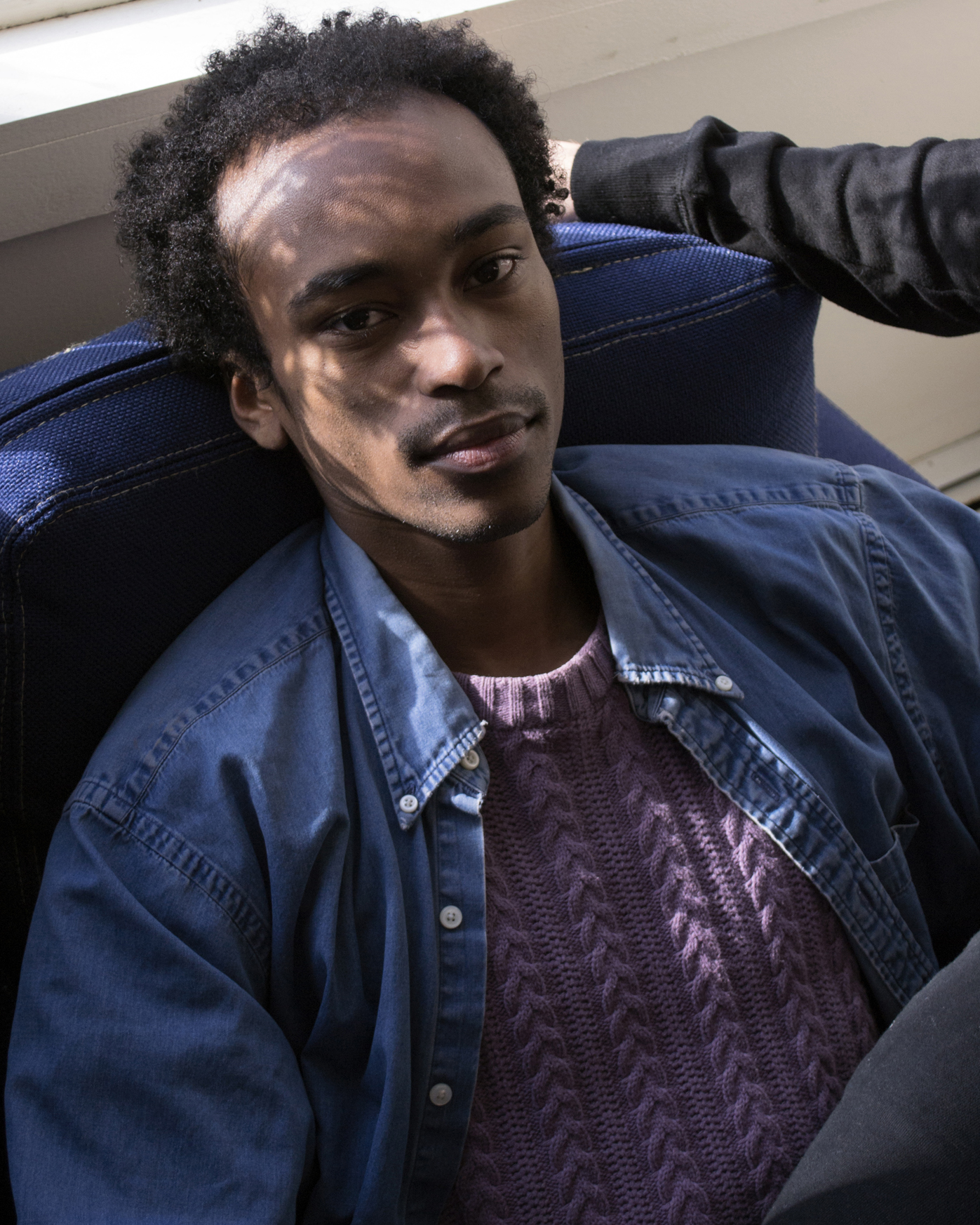
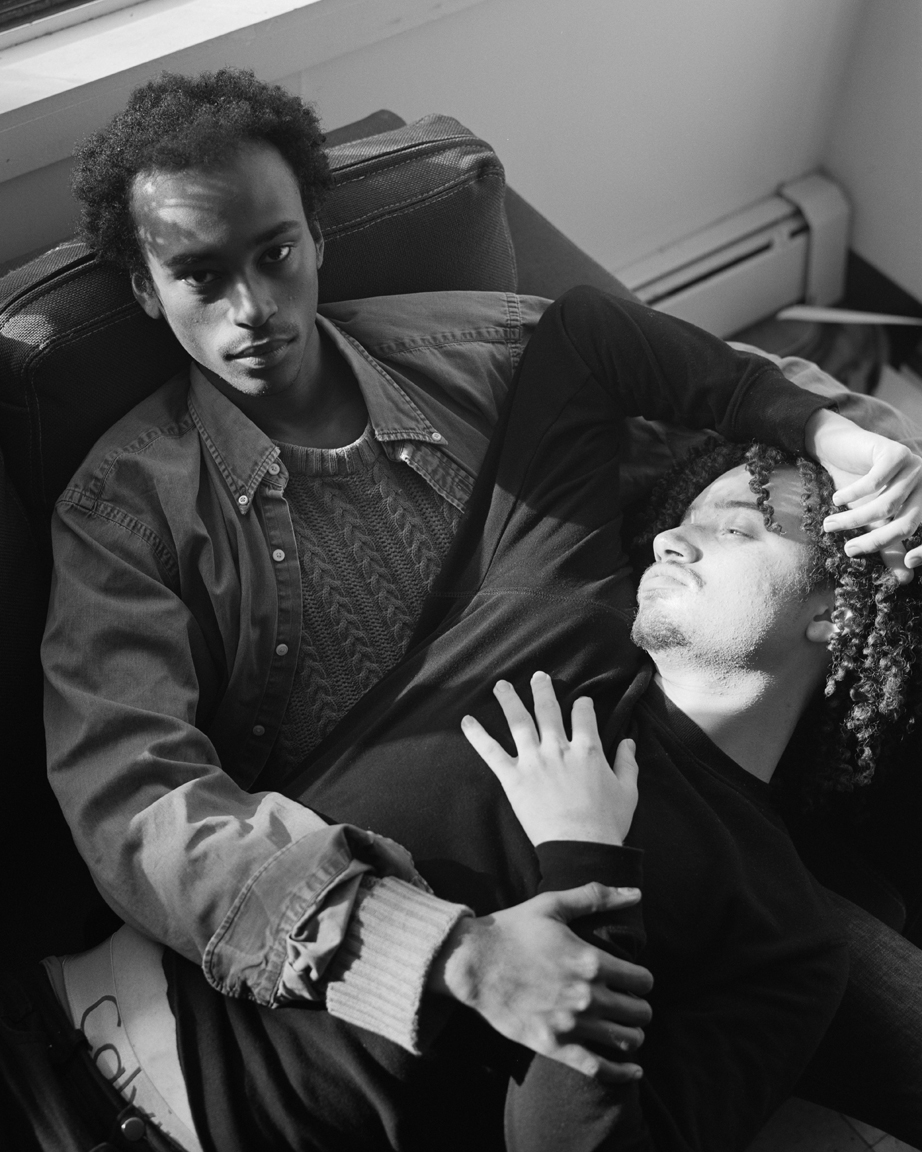
His father is Puerto Rican and his mother is Argentinian. He grew up bilingual outside Washington D.C. where his catholic, all male, private school was predominantly white. “Years later,” he told us, “most of my friends from school are either queer themselves or very loving and accepting. That love, along with the love of my parents, supported some of the conceptual arcs in the project and my photography in general. Being seen and eventually finding a larger queer community in college to create a dialogue with was super foundational for the work.”
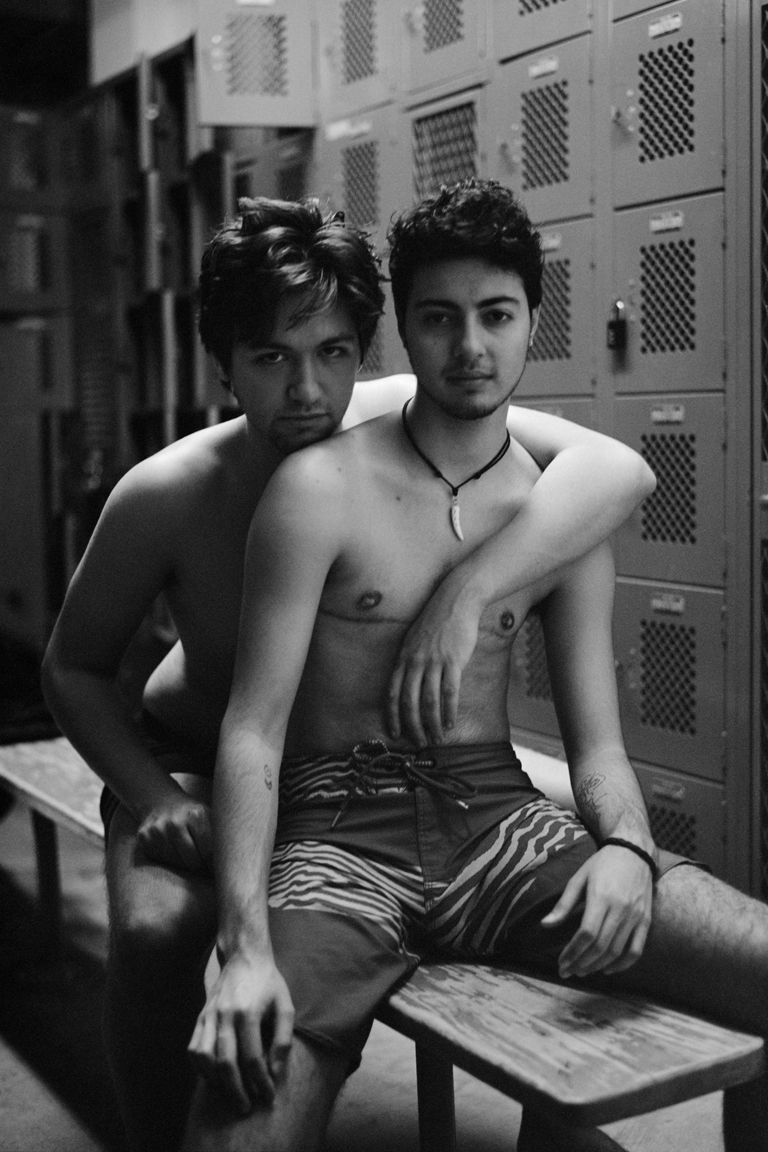
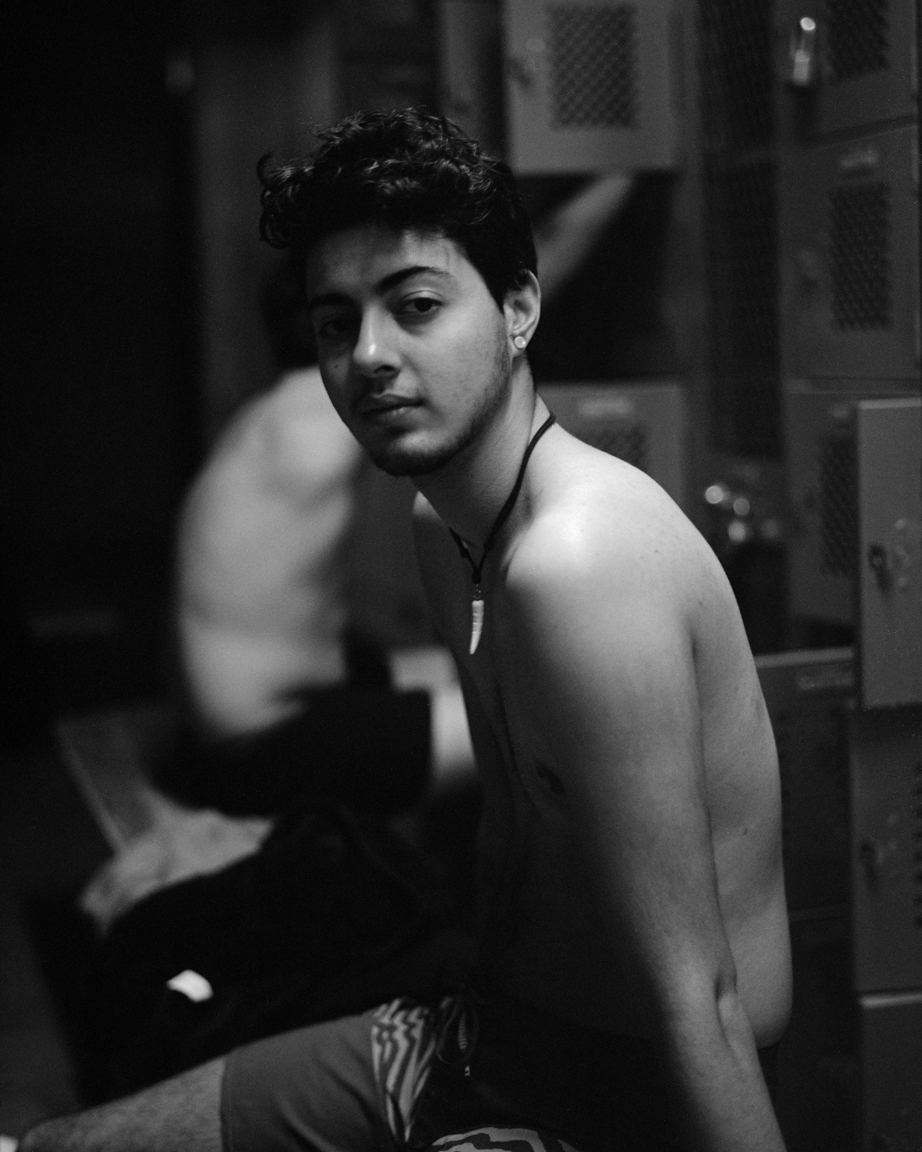
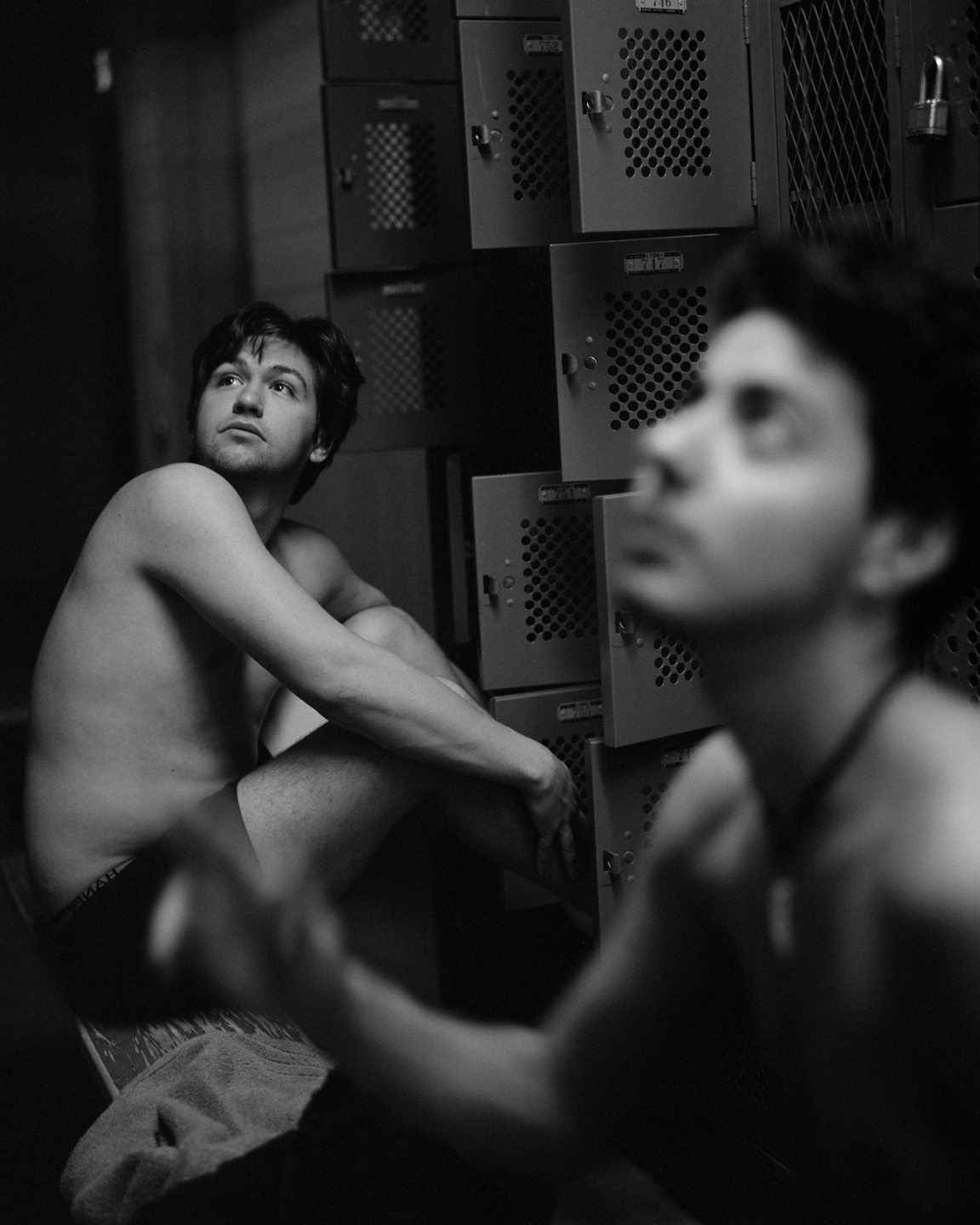
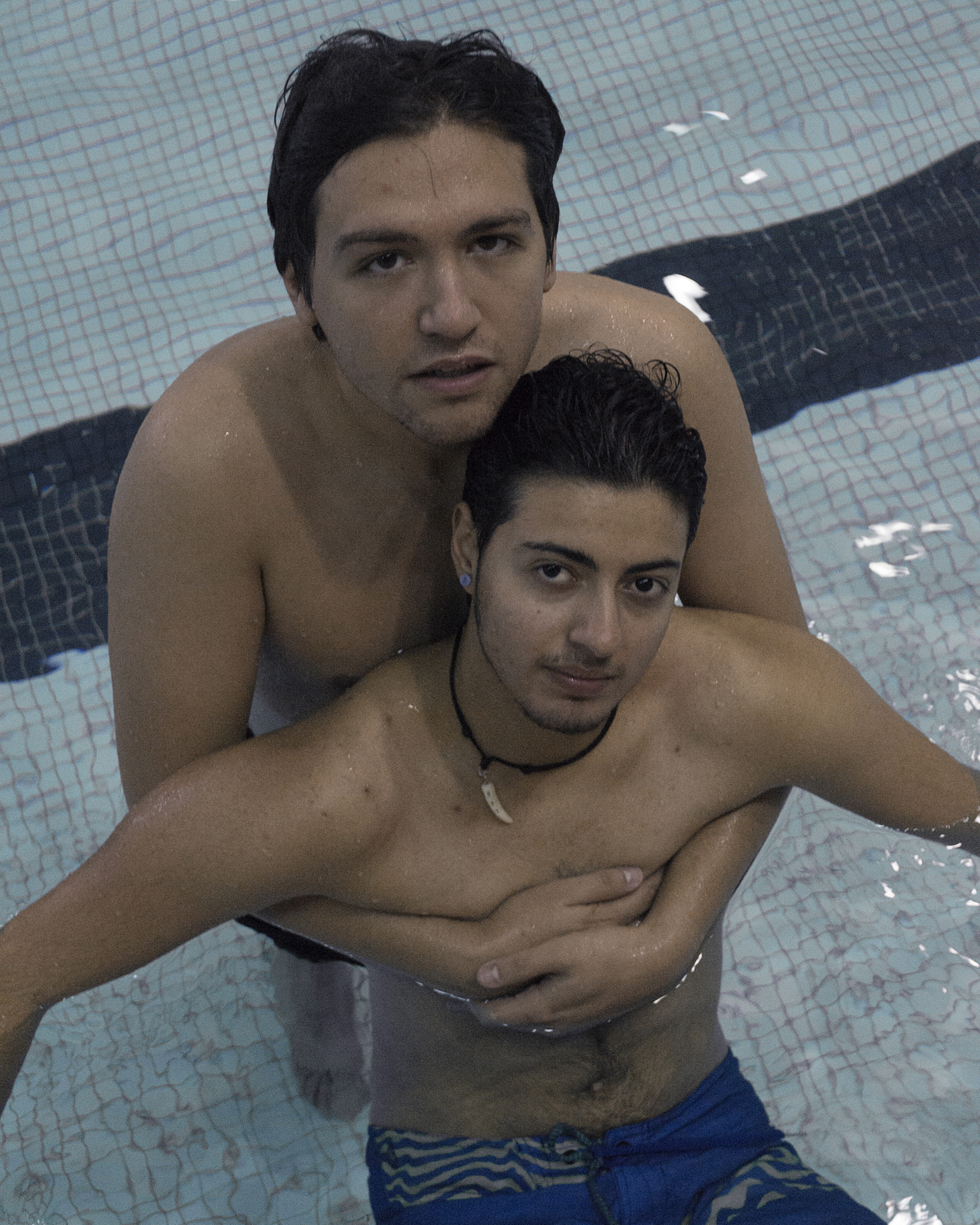

Connor Atkins grew up in the Southwest and moved around a lot as a child. “My parents were always open-minded about new experiences,” he said, “so naturally I’m that way too.” While studying photojournalism at the University of North Carolina he learned to marry his love of the observational with the photographic image. “Being queer myself,” he said, “I find it really rewarding to work with other queer people, whether I’m documenting them, making their portraits, or collaborating on a project like this.”
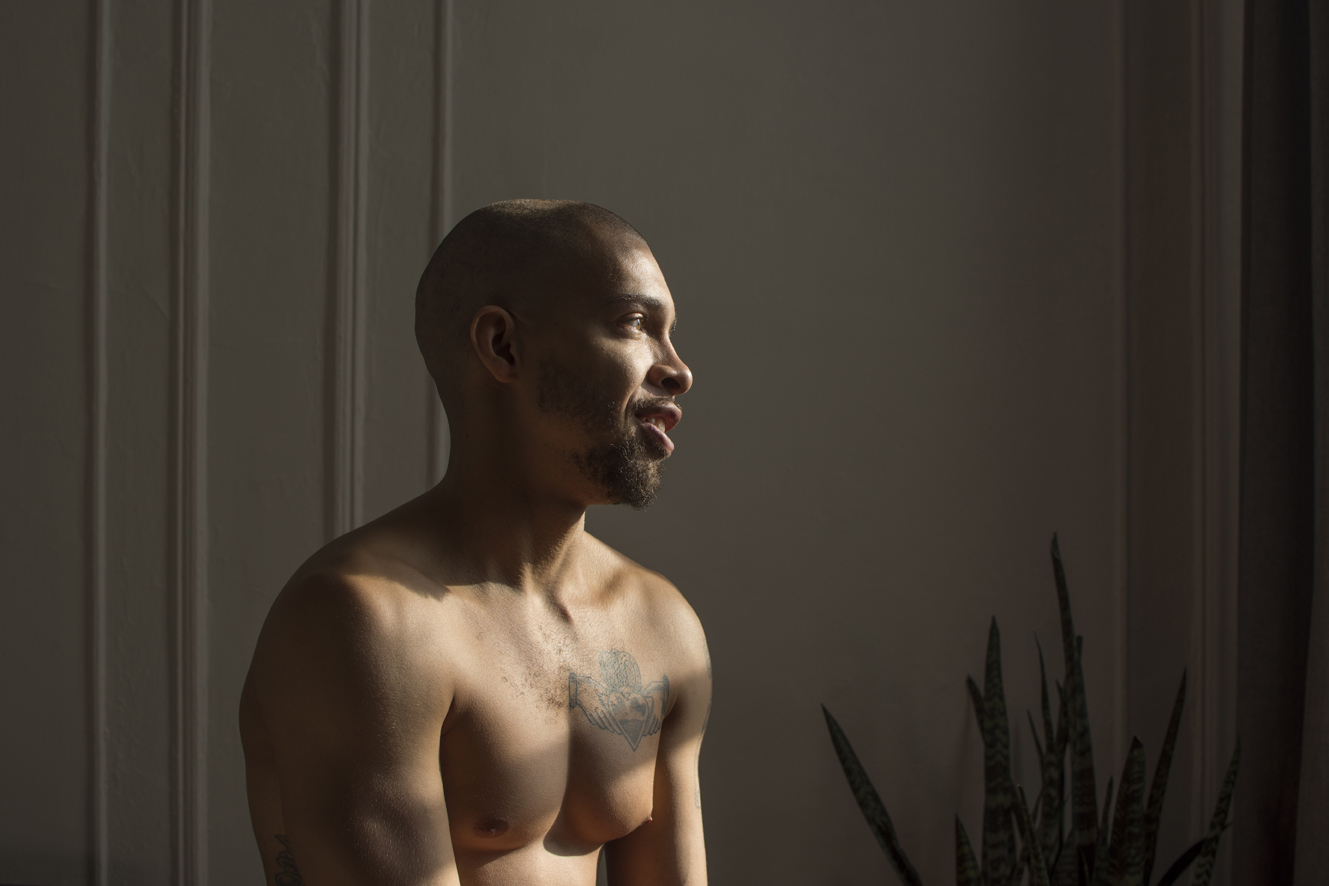
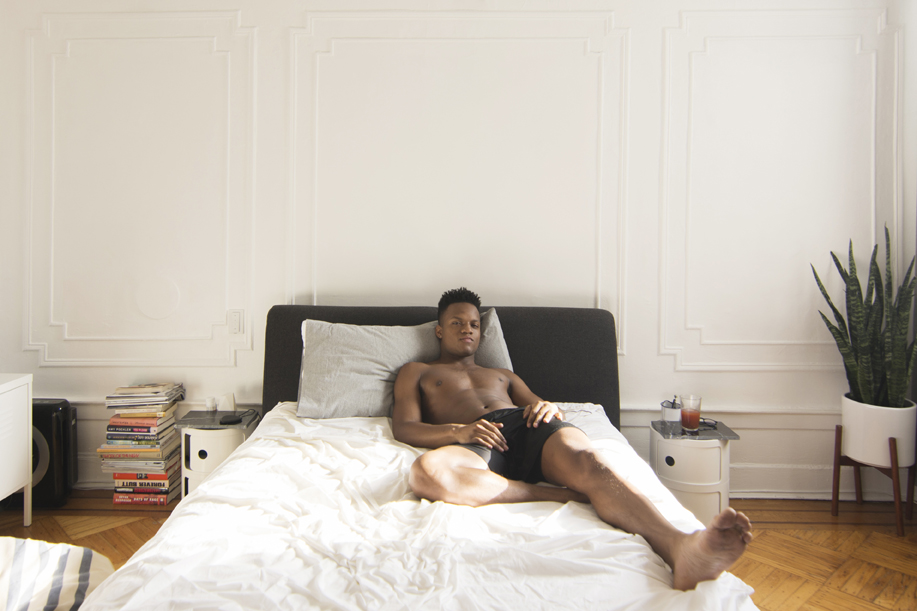
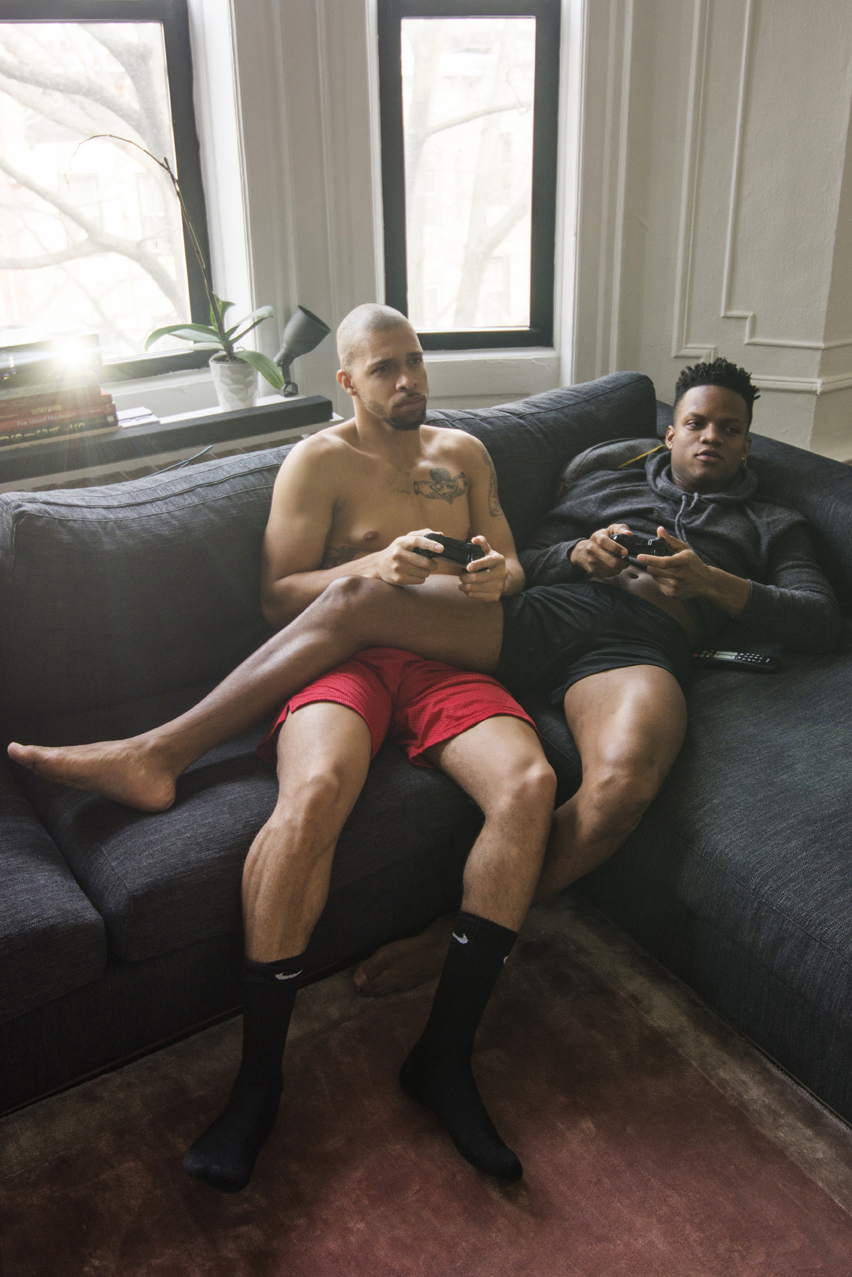
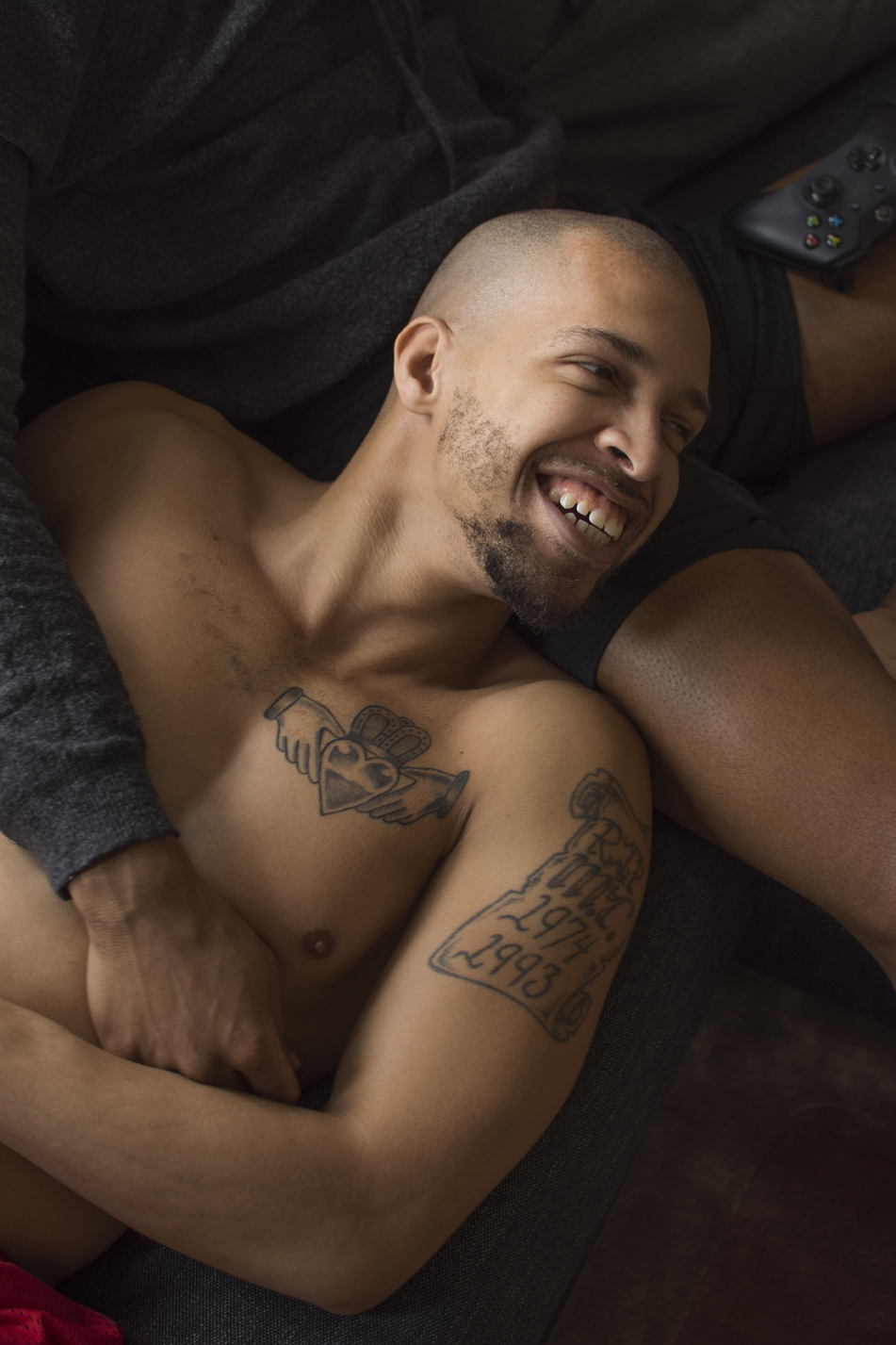
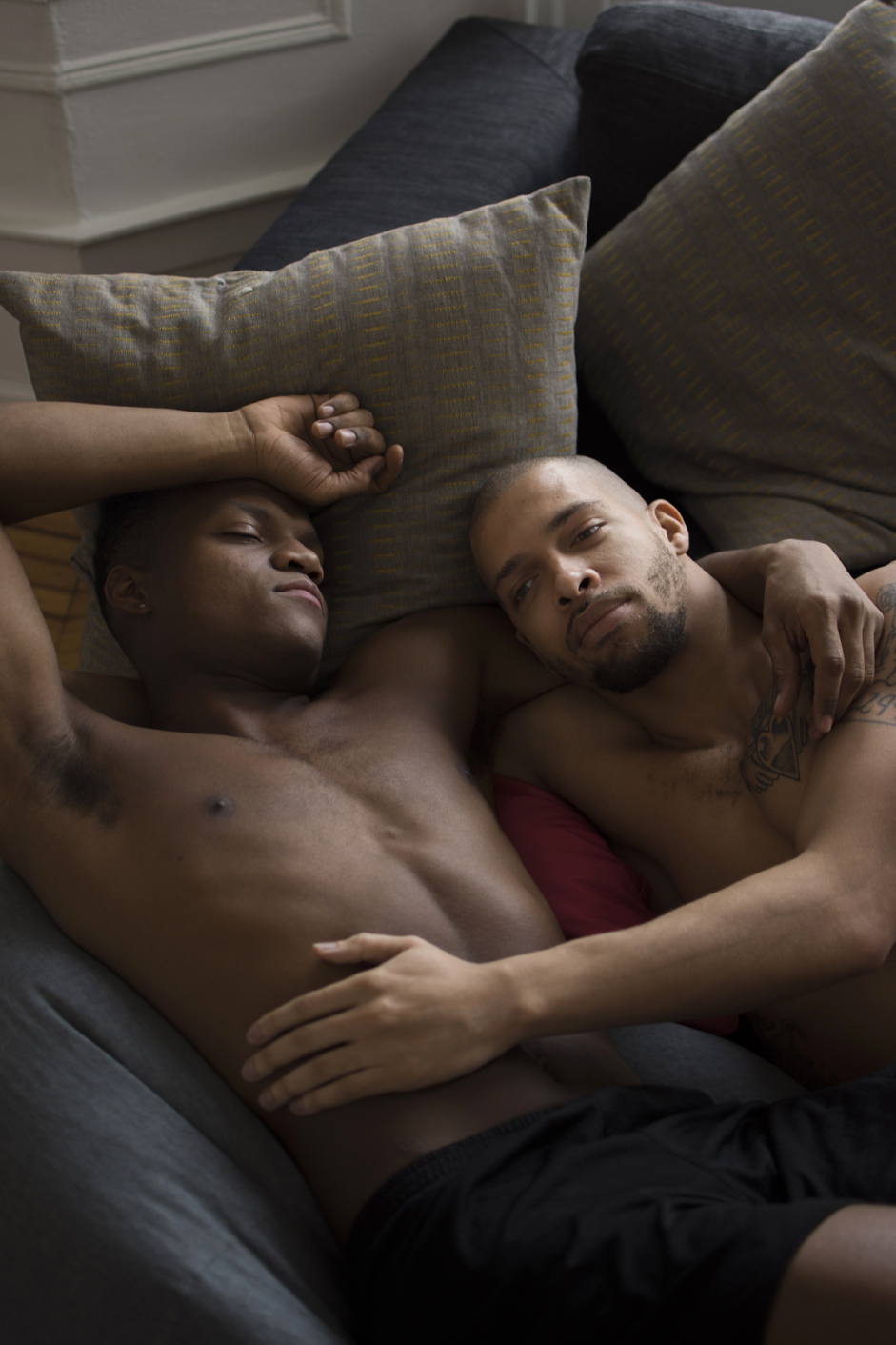
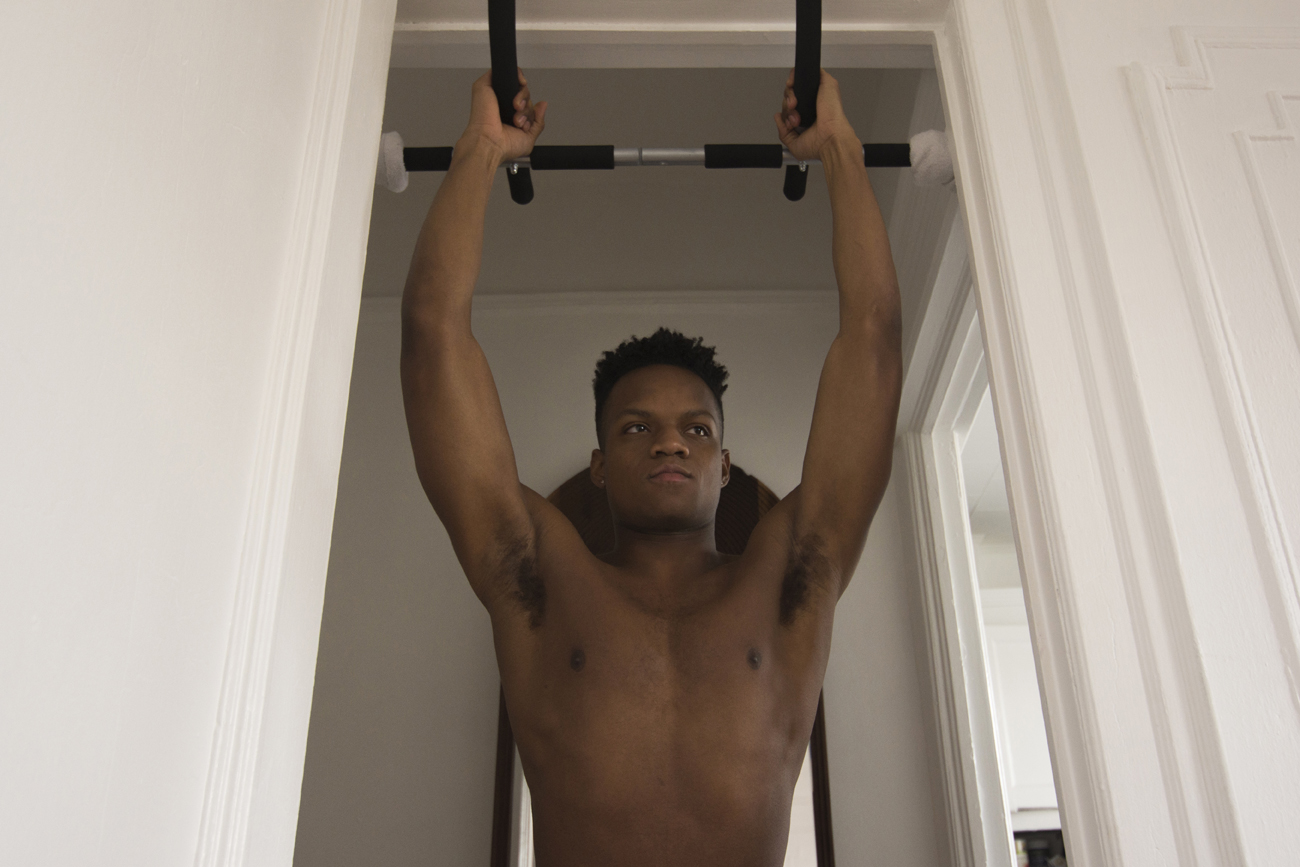
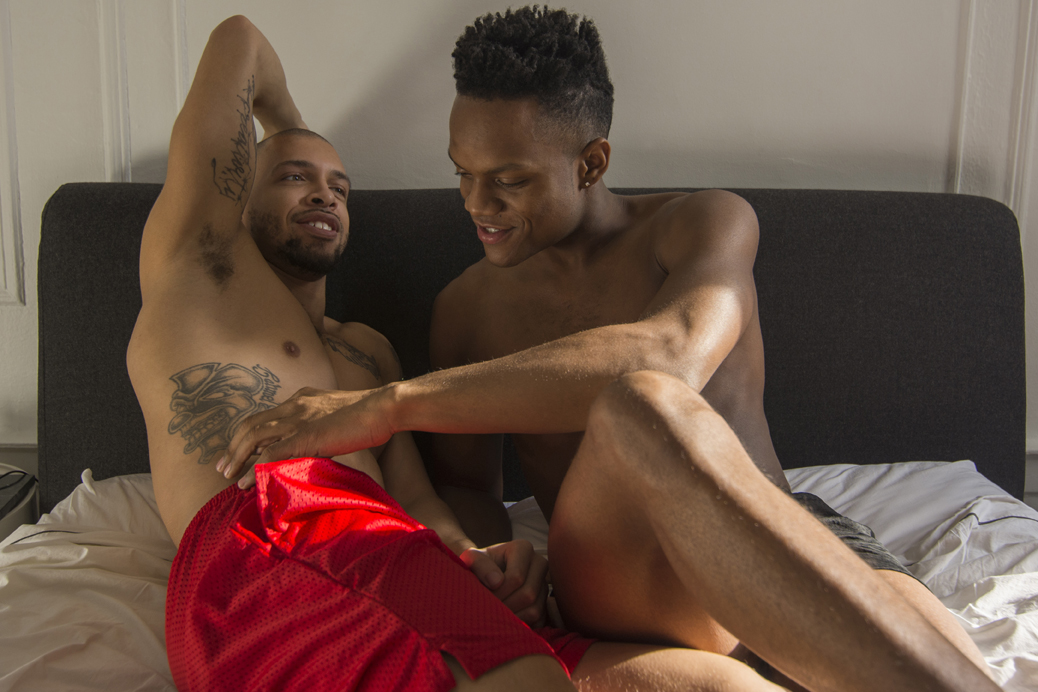


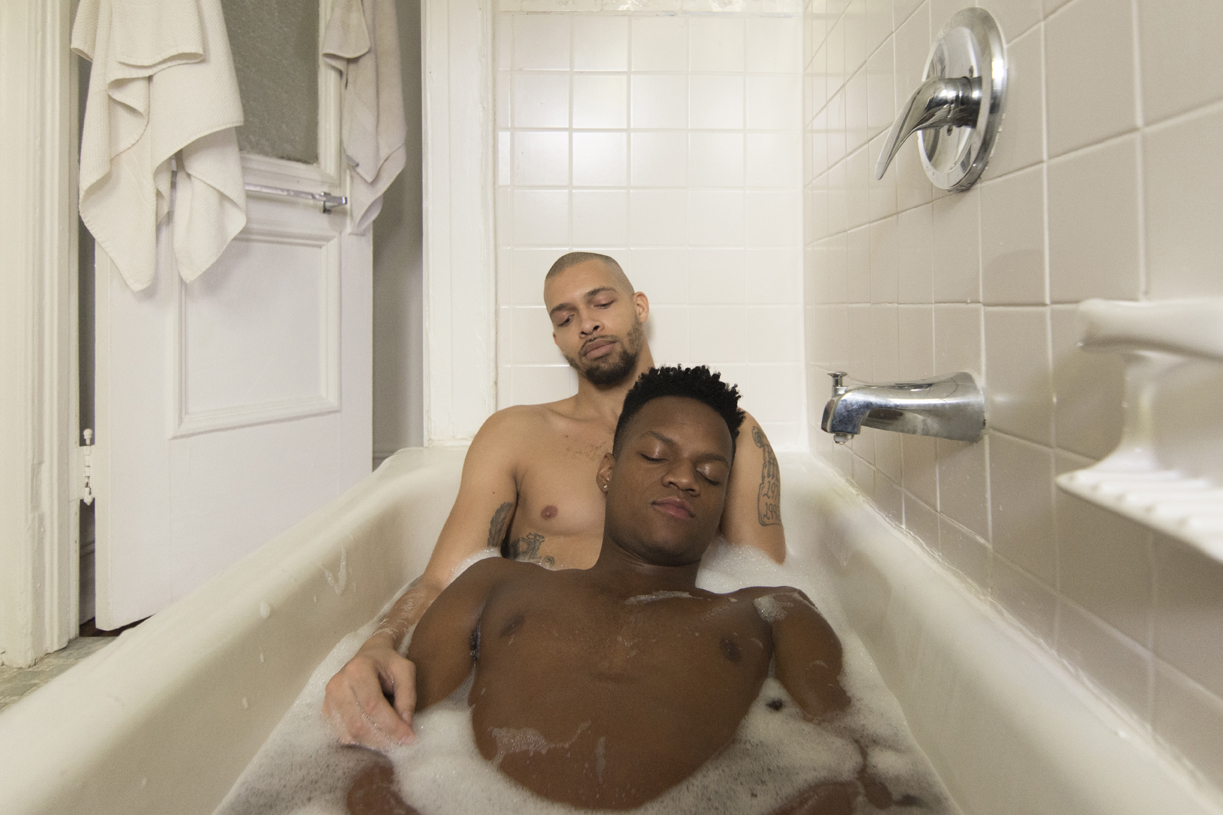
Eddy LeRoy Jr. was born in Harlem and grew up between Atlanta and New York. While his primary approach to photography doesn’t include subjects that are queer, but his quest to capture intimacy between men is most certainly aided by his own queer identity. “I think people sexualize intimacy between men, but that isn’t all that it is,” he said. “I’m more interested in exploring why intimacy is considered a soft or ‘queer’ trait.”
